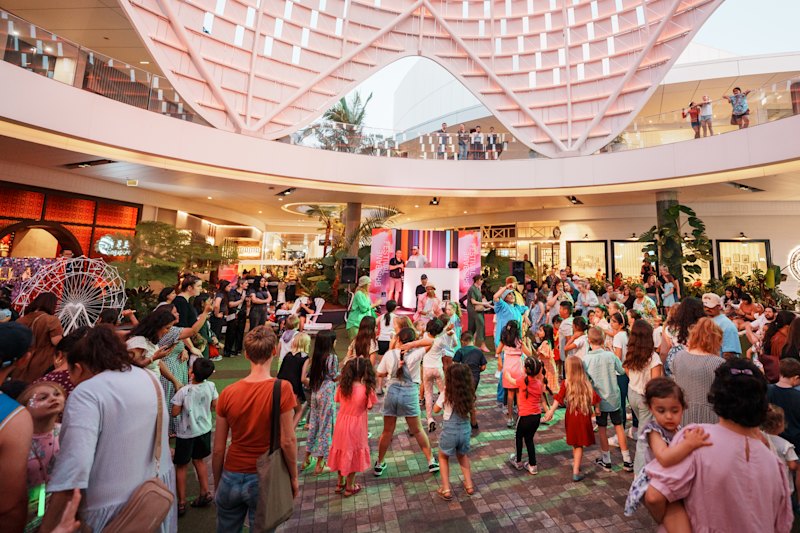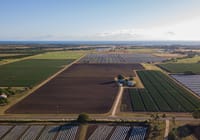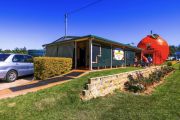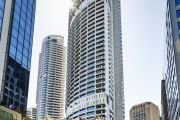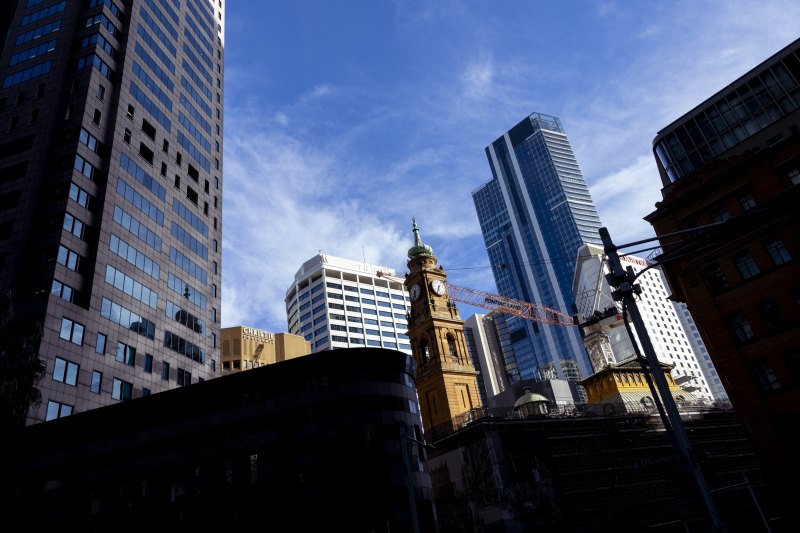
Now is the time to buy commercial property, says this veteran analyst
Investors should be pouring money into well-located offices, shops, hotels and hospitals – not just housing – because property values are going to surge across the board, said veteran real estate analyst Sameer Chopra.
Calling himself “probably the most optimistic human being in Australia”, Mr Chopra, who is head of research at CBRE (and before that at Merrill Lynch), said it was an “amazing time to buy real estate”.
“When others panic, that is when you should be active,” Mr Chopra told an industry lunch last month.

His thesis for this call to action is based on three main factors: the impact of more than one million people arriving in Australia within three years on demand for real estate and infrastructure; the high cost of constructing new property; and his forecasts for a deep unwinding of interest rates with up to 10 cuts in the next cycle.
On the first of these factors – population growth – Mr Chopra said adding more than one million people within three years (550,000 people last year, 350,000 this year and 250,000 next year) would require not only construction of 400,000 houses, but also commercial development across the board.
The impact of these people coming to live in Australia, he said, translated into the need to build 4.5 million square metres of new logistics space, 800,000 square metres of additional retail space, 800,000 square metres of office space, 11,500 hotel rooms and 3,300 hospital beds.
“A typical hotel is 500 to 600 beds so we need to build 20 new hotels … 800,000 square metres of incremental retail demand is four to five Chadstone [shopping centres] … 4.5 million square metres of warehouses is about 200 Melbourne Cricket Grounds, and 3000 hospital beds means we need to build 15-20 private hospitals,” said Mr Chopra.
“We are feeling [this demand] in the residential market, but it’s going to spread its wings.”
While there was a reluctance from banks and non-banks to lend money for transactions in the office market, Mr Chopra said, everything in that sector was “getting constrained”.
“That’s when I start to get excited when markets start to get very constrained,” he said.
The real estate analyst said that CBD office visitation was back to 75 per cent of pre-COVID-19 levels across Australia and that return-to-office would not be an issue next year.
In retail, Mr Chopra has changed his outlook to positive after rents were re-set “very significantly” during the pandemic, cutting occupancy costs. Now, he noted, re-leasing spreads were positive, while vacancy was under 5 per cent which translated into a “pretty positive thematic”.
In student accommodation, Mr Chopra said the Australian market could grow 10-fold before it approached the very low ratios of beds-to-students seen in the US (one bed for every three students) and UK (one bed for every two students).

Amid all this demand, he noted that the cost of construction had gone up 30 per cent, which was putting “tremendous pressure on commercial markets” in addition to the housing market.
Whether it was logistics, an office or a shopping centre, these things had become 35 per cent more expensive to build, he said.
“No one can build at the price of the asset in the ground. Try to build a shopping centre at today’s valuation. Good luck, it can’t be done.”
“That means you are going to make a lot of money holding [existing] stuff,” he said. In particular, real estate close to all the new infrastructure development would do really well, he said.
Supporting this forecast is Mr Chopra’s prediction that there will be eight to 10 rate cuts in the next easing cycle.
“We need to change the conversation from, ‘Are they going to cut interest rates this year?’ to ‘How many interest rate cuts will there be in the cycle?’. Our view is eight to 10 rate cuts in total between now and 2026.”
This would imply a cash rate by 2026 of between 1.85 per cent and 2.35 per cent.
“Rates need to go back to where they were in 2019 … we have massively put the brakes on, and we need to see them released and go back to [pre-covid-19 levels].”
While as many as 10 rate cuts could not be ruled out, especially if there is a recession, AMP chief economist Shane Oliver said five to six cuts were more probable.
“It’s an interesting call. You can’t totally rule it out as history has shown the RBA goes from one extreme to the other,” Dr Oliver said.
But he said it was more likely that there would be four cuts next year (the first in February) and one or two more after that.
However, Dr Oliver agreed with Mr Chopra that “cyclically now is the time to be thinking about investing in commercial property”.
“If you wait for values to firm, and you wait for low interest rates, it may be too late. It’s arguably a good opportunity, but you need to be selective,” he said.
He agreed that population growth would feed demand for hospitals but said there was probably more downside in the office sector and that retail was a “difficult” one given the high number of vacant shops in suburban retail strips. “I am less sure about retail, but it is in better shape,” he said.
Justin Clarke, a director at Brisbane fund manager Exceed Capital, which has been buying up both office and retail assets in Queensland, agreed with Mr Chopra based on the “logic” of supply and demand.
“The reality is that we have had an influx of people, but because the cost of construction is so high, there has been no supply. When you add demand to no supply, you put upward pressure on values,” he said.
But he said not every property would increase in value. “Buyer beware,” he said.


